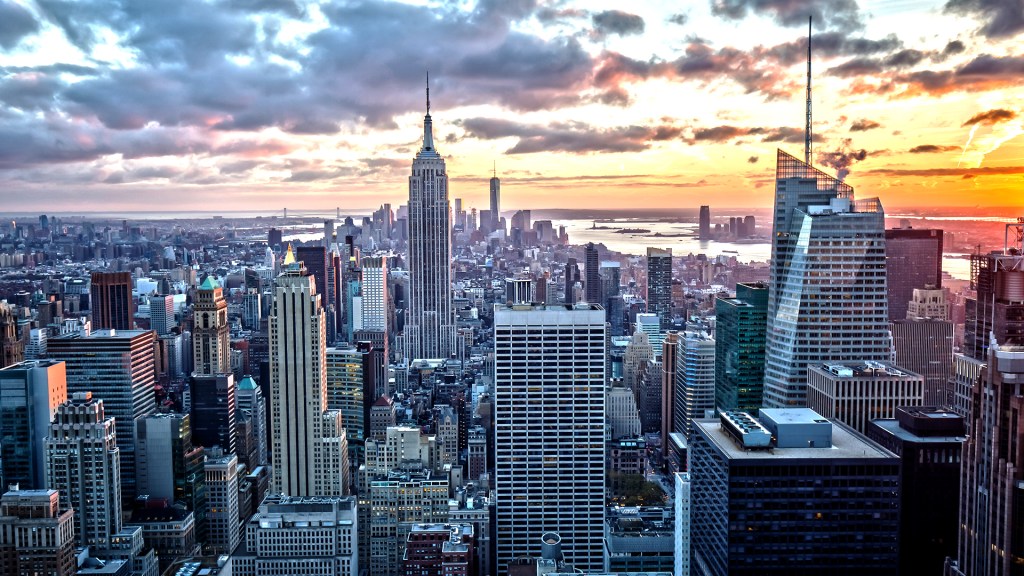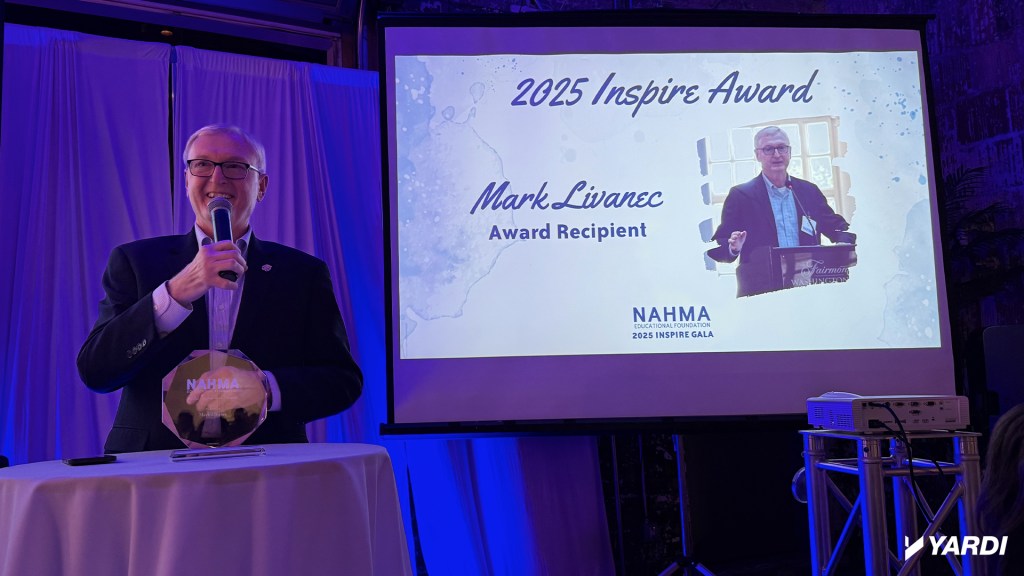By Cutright Elizabeth on August 5, 2016 in News
While past Olympic Games have left graveyards of unused stadiums in their wake, Bra zil hopes its facilities will live on even after the athletes have left the building.
zil hopes its facilities will live on even after the athletes have left the building.
Though some aspect of the Rio 2016 Olympics may not be living up to expectations, Rio mayor Eduardo Paes expects many of the locations specifically constructed for the games will outshine past Olympic venues, especially when it comes to longevity. From handball courts to stadiums, the city’s entire Olympic infrastructure exists in flux – designed to transition from its primary function to something entirely new once the games are over.
With a heavy emphasis on “nomadic architecture,” several of the Rio’s Olympic settings will be repurposed after they’ve serviced their primary function. The pools, arenas and fields will eventually become schools, parks, community swimming pools and much more.
No More White Elephants
One of the curses of hosting the Olympics is leftover infrastructure. Few cities are capable of supplying sites for every event, and so pools appear out of empty fields and stadiums rise up along the skyline. Beijing’s Bird’s Nest lives on as a tourist attraction – and occasional soccer spot – but its glory days will never be revisited. In Athens, the Olympic Park lies abandoned, covered in rust and slowing fading in a cloud of neglect. Meanwhile, Sochi’s once bustling Olympic Village now lies empty, inhabited only by stray dogs and unfinished construction.
In acknowledgement of the burden placed on host cities to supply appropriate sporting arenas, the International Olympic began to encourage bidders to spend some time planning for life after the games. London, one of the first examples of this legacy mode philosophy, took the suggestion to heart by including several structures that were easily dismantled and repurposed. Many other cities, including Atlanta and Vancouver, had made sure their Olympics-inspired developments continue to serve the community.
“It’s based around not leaving white elephants,” Bill Hanway of AECOM explained to Wired. “We’re at a stage in the Olympics where social and financial responsibility are much more important than they used to be.”
New Incarnations
Brazil’s plans are ambitious. To start, four 500-student primary schools will be constructed with material pulled from the Future Arena. The Olympics Aquatics Stadium, meanwhile, will be born again as two community pools in the Rio neighborhoods of Madureira Park and Campo Grande. A set of nine Olympic buildings will transform into a public park and private developments, and high school dormitory will be crafted from the International Broadcast Center.
According to Hanway, prefabricated, modular materials are the key to creating this nomadic architecture. Lighter, stronger and more resilient, these modular configurations fit together in “puzzle-like compositions” of steel columns, concrete slabs, and other event-specific components. Once the games conclude, a construction crew will take apart the venues and prepare them for their new incarnation.
Sustainability and Socio-Economic Change
While repurposing existing facilities can significantly diminish the environmental impact of staging a worldwide sporting event, Brazil’s pre-fab also approach provides an alternative for cities high on ambition, but low on existing infrastructure. As an added bonus, the easy assembly and flexible configurations go a long way towards reducing carbon footprints. In fact, according to Jeff Keas, who helped design the London Stadium for the 2012 games, the carbon footprint of a temporary edifice is half the size of a conventional stadium. Even better, these modular structures can be 50 to 80% cheaper than their traditional counterparts.
“Climate change impacts all of our designs,” declared Hanway in a recent interview with Architects Journal about the Rio developments. “How to be both sustainable and resilient informs and drives our work.”
“We need to build faster, lighter and more sustainable buildings to face the environment and socio-economic challenges the world faces.”


